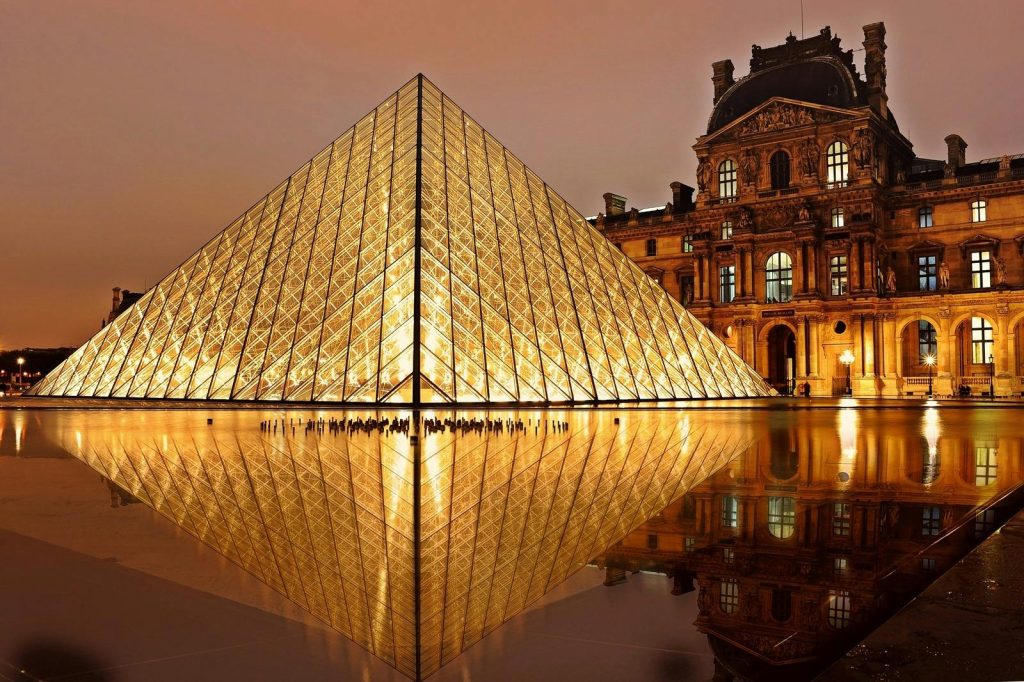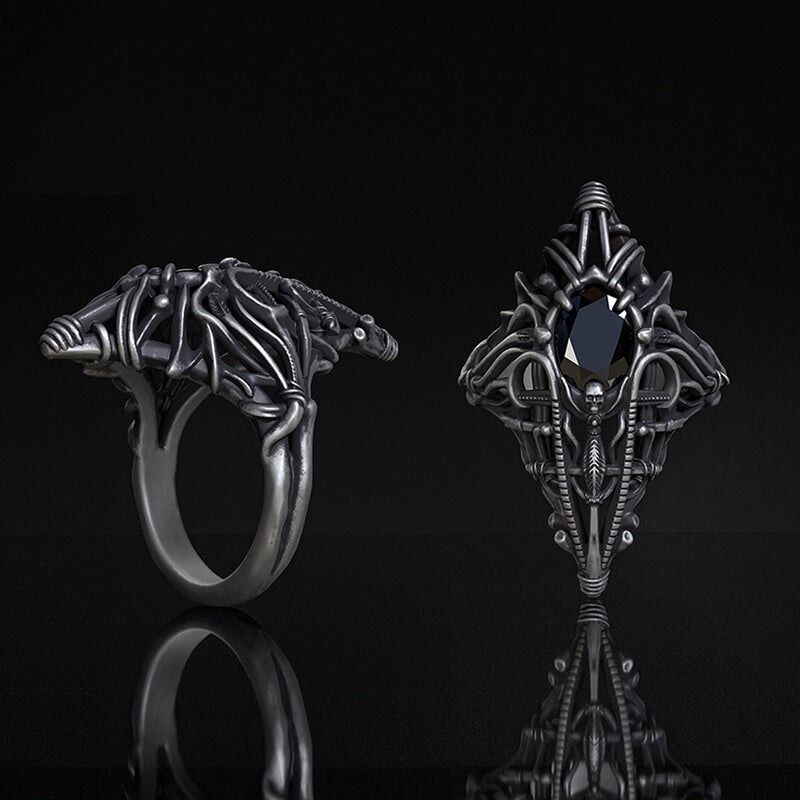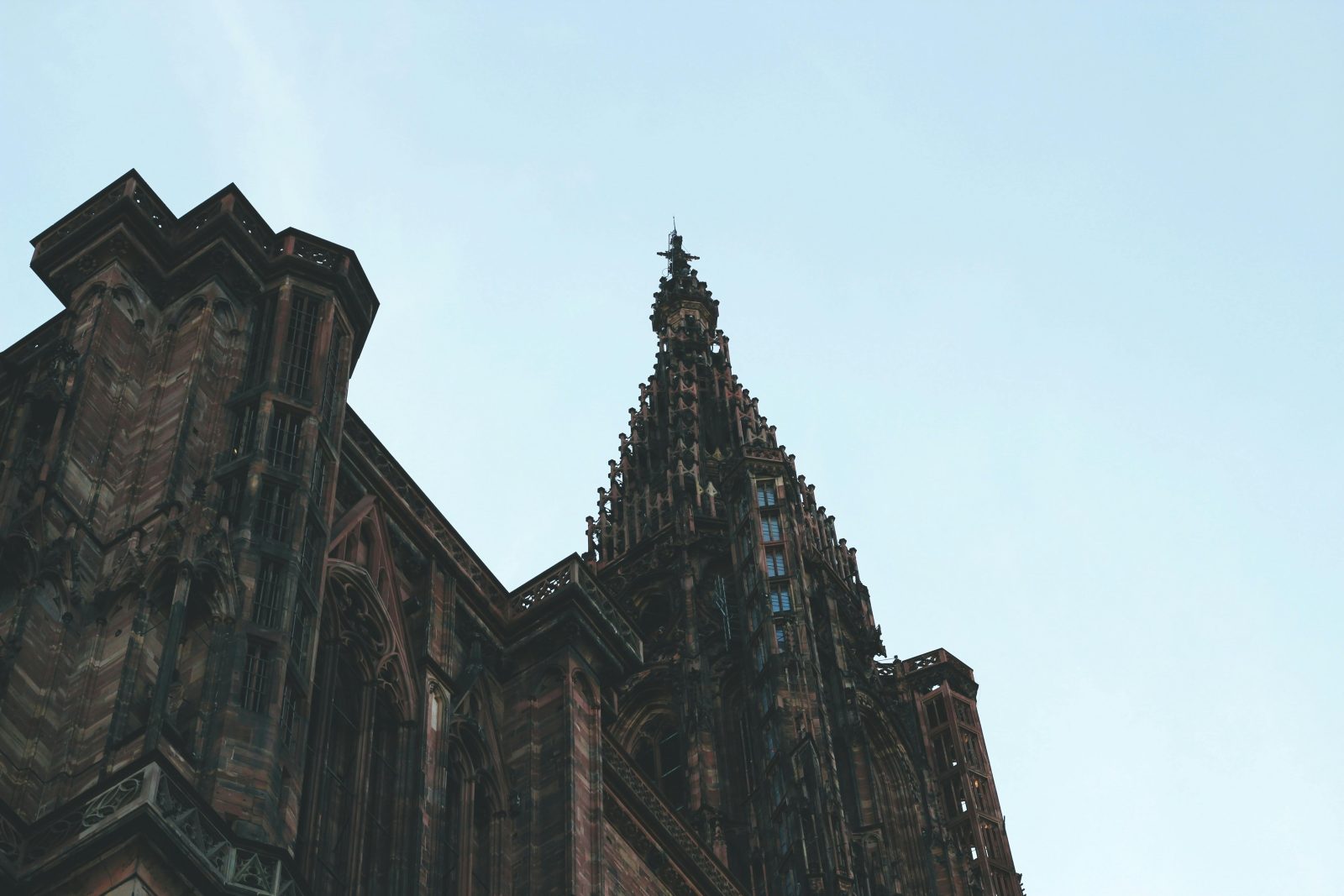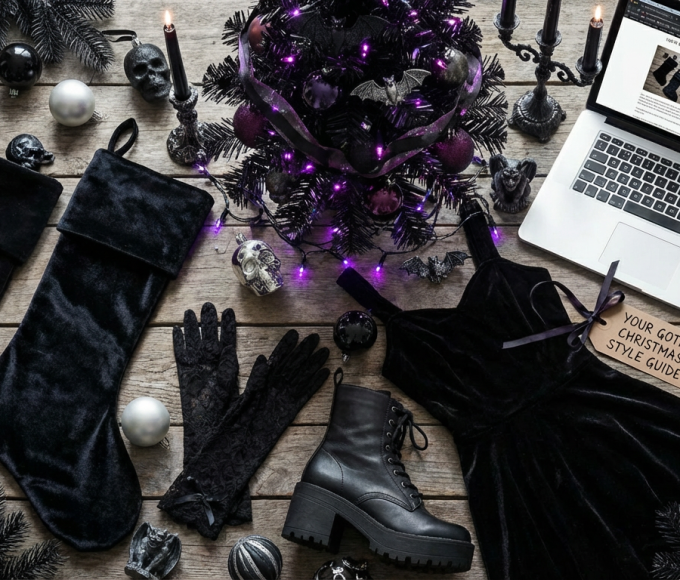French Christian Gothic jewelry represents a fascinating blend of faith, artistry, and medieval French heritage. These intricate pieces emerged during the 12th–15th centuries, when Gothic cathedrals like Notre Dame soared skyward, and jewelers mirrored their elegance in miniature form. Crafted for clergy, nobility, and pilgrims, this Gothic Christian jewelry France celebrated divine beauty through symbols like crosses, saints, and nature-inspired motifs. Today, antique French Gothic jewelry captivates collectors and historians alike. Let’s explore its history, meaning, and enduring legacy.
The Golden Age of Medieval French Religious Jewelry
France’s Gothic era (1150–1500) revolutionized jewelry design. Medieval jewelry France shifted from Romanesque heaviness to delicate, vertical forms – much like Gothic architecture. Silver, gold, and gemstones like sapphires or garnets framed religious scenes. Workshops near cathedrals produced rings, brooches, and reliquaries adorned with biblical figures. French religious artifacts weren’t just decorations; they served as devotion tools. Pilgrims wore scallop-shell brooches after visiting Saint-Jacques-de-Compostelle, while nobles commissioned enameled crosses to showcase piety.
Sacred Symbols in Gothic Christian Jewelry France
Every curve and gem carried meaning. Key motifs included:
- The Cross & Crucifix: Central to Christian symbolism in jewelry, often enameled or set with gems.
- Fleur-de-lis: France’s royal emblem, symbolizing purity and the Holy Trinity.
- Saints & Angels: Miniature portraits on pendants, invoking protection.
- Natural Elements: Vines and leaves reflected God’s creation, popular in brooches.
Unlike earlier styles, Gothic designs emphasized storytelling. A pendant might depict Mary surrounded by carved lilies, linking faith to French identity.
How Medieval Artisans Created Masterpieces
Medieval French religious jewelry relied on advanced techniques
- Filigree: Twisted gold wires forming lace-like patterns.
- Champlevé Enamel: Colorful glass fused into engraved metal.
- Niello: Black sulfur alloy filling etched designs.
Artisans often worked for bishops or kings, creating one-of-a-kind antique French Gothic jewelry. Reliquaries (containing sacred relics) were their most complex works, studded with gems and enamel panels.
Where to Experience Gothic Jewelry History

- Paris: Louvre’s Medieval Gallery, Cluny Museum.
- Rouen: Cathedral treasury with 13th-century crosses.
- Online: Virtual tours of the Vatican Museums (hold French Gothic pieces).
While antique pieces define the genre’s legacy, brands like GTHIC are reimagining French Christian Gothic jewelry for modern wearers. Their collections use minimalist sacred geometry and mixed-media narratives, fusing medieval symbolism with contemporary aesthetics.
GTHIC’s designers deconstruct Gothic austerity through ergonomic forms – a spiked ring’s interior is smoothed for comfort, a heavy-looking pendant is hollowed to become lightweight. This makes centuries-old symbolism relevant to daily wear.

French Christian Gothic jewelry remains a testament to an era where art, faith, and identity intertwined. These medieval French religious jewelry pieces invite us to touch the past – one cross, lily, or saint at a time. Whether you’re a collector or admirer, their legacy continues to inspire awe centuries later.
Alicia
Alicia is a passionate writer with degrees in English and American Literature. Her journey through the worlds of fashion, culture and design is as fascinating as her literary pursuits. Beyond literature, Alicia is equally an optimist who loves life. Whether it's photography, knitting, pottery, or yoga, she's willing to try it all. Beyond trends and labels, she advocate for sustainability and ethical fashion practices. She believe in the power of conscious consumerism, and she strives to highlight brands that prioritize environmental responsibility and social impact.
Recent Posts
How to Style Flared Jeans for Any Vibe
12/18/2025Your Goth Christmas Style Guide
11/25/2025Categories
Related Articles
Your Goth Christmas Style Guide
The holiday season is often painted in bright reds, greens, and sparkling...
ByAlicia11/25/2025Cybergoth Aesthetic
The alternative landscape is constantly evolving, but few aesthetics hit as hard...
ByAlicia11/11/2025Clean Goth vs. Trad: Mastering the New Minimalist Style
The world of alternative fashion is always changing, and a new look...
ByAlicia10/21/2025Your Bubble Goth Outfits & Style Tips
The fashion world constantly surprises us with creative blends of contrasting elements....
ByAlicia10/14/2025












Leave a comment